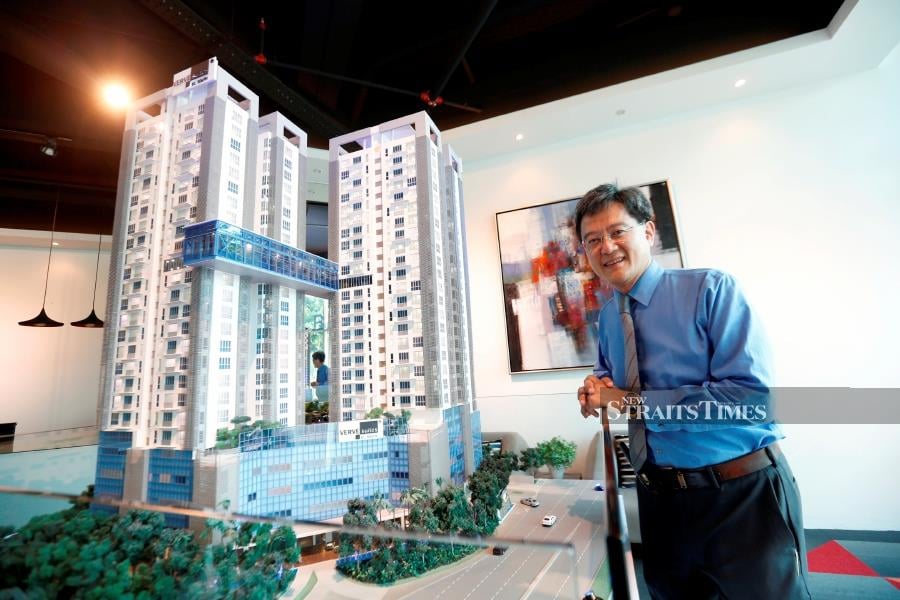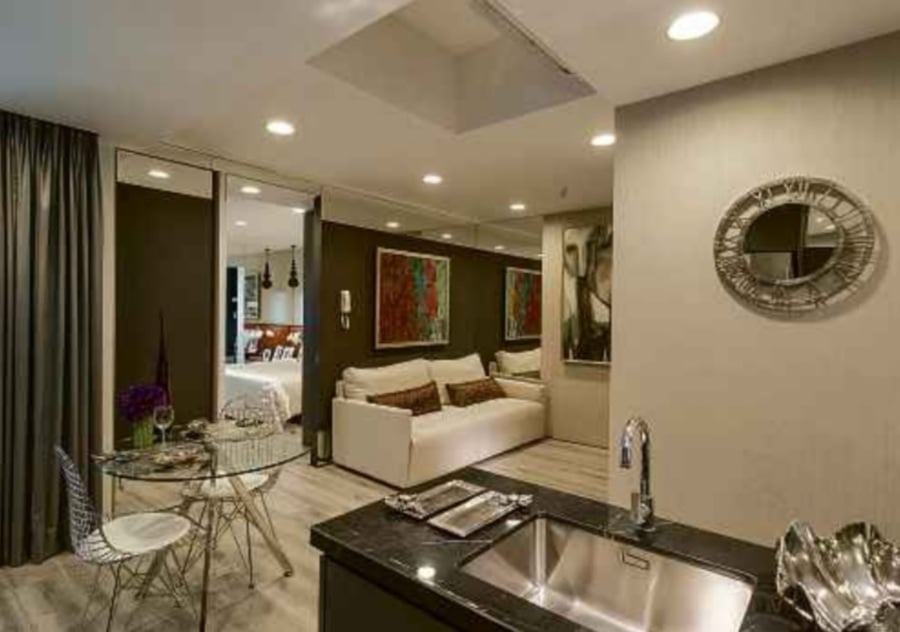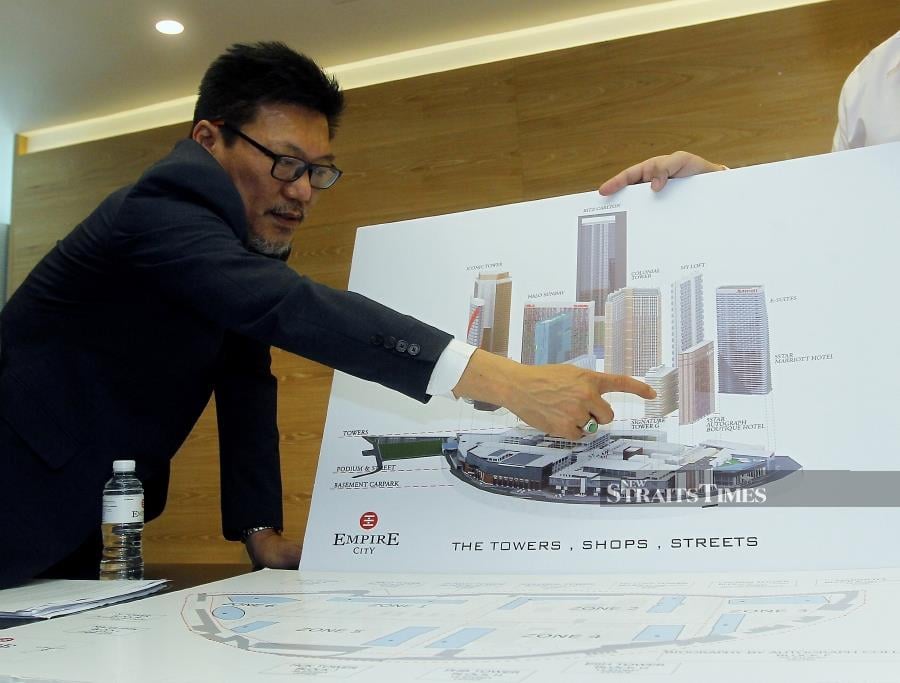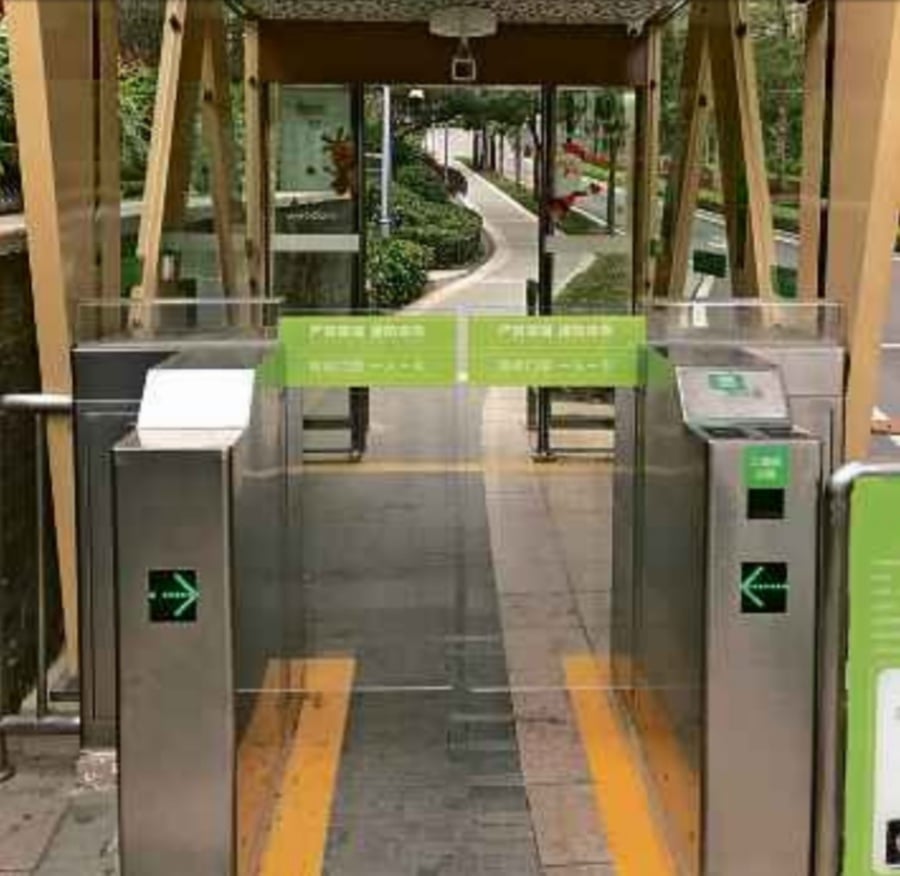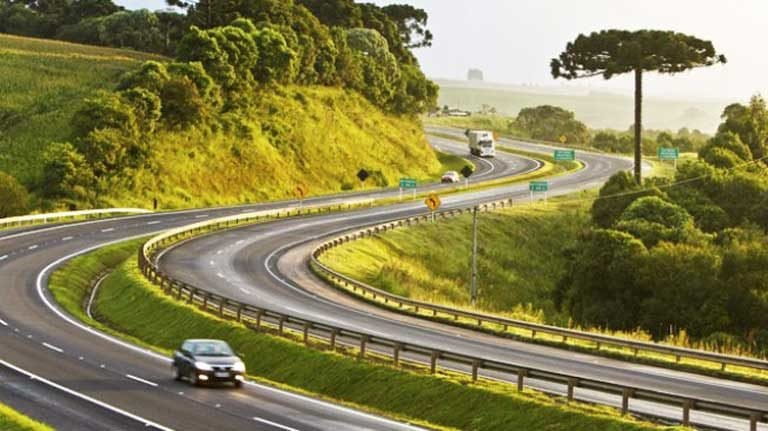Knight Frank Malaysia & Berkeley Homes have revealed plans for the first phase of Oval
Village, a two-hectare site transforming the historic Gasworks adjacent to Oval cricket
ground. When complete, Oval Village will feature 1,350 homes making it one of the most
significant regeneration projects in London.
Phase one, Phoenix Court, will launch on the 6th & 7th April through Knight Frank
Malaysia at the Westin Hotel Kuala Lumpur. The release of 286 Manhattan, one, two and
three bedroom apartments presents an opportunity to invest in this iconic central
London development at the earliest possible stage with homes ranging in size from 413
sq. ft. to 1,092 sq.
The Oval Village development benefits from an extremely convenient central London
location – it is just a short walk from Vauxhall, Kennington and Oval stations
connecting to the Victoria Line, Northern Line and National rail. These stations are
just 7 minutes to Oxford Circus, 9 minutes to Bank, 12 minutes to King’s Cross
St.Pancras and 40 minutes to Heathrow Airport.
Set to transform Oval into a top commuter hotspot, Oval Village will transform the area
into a cultural hub for residents and visitors, through the regeneration of the iconic
Oval Gasholders, the provision of commercial spaces and opening up the village with
communal landscaped spaces for all to enjoy.
When built in 1847, the Oval Gasholders were the largest of their kind – a magnificent
feat of Victorian engineering. Now, the historic site’s restoration and redevelopment
marks a new phase in its history where old will blend with new to create a new London
community fit for the 21st century. Within Oval Village will sit The Generator,
presenting six floors of flexible office space, a ground-floor co-working hub, 100,000
sq. ft. of commercial space, a cafe and a community centre.
Residents living in Oval Village will benefit from Berkeley Homes’ industry-leading
approach to delivering outstanding residential property where convenience and comfort
are paramount. A 24- hour concierge will serve every apartment, and for the health
conscious, access to a private swimming pool and gym means no more pre-dawn schleps to
the local leisure centre to stay in shape. An on-site Tesco Superstore will also ease
the burden of the weekly shop.
Simon Howard, Sales Director, Berkeley Homes elaborates on the plans for the
development and how it will feel to live in this new neighbourhood: “Oval Village is an
incredibly exciting regeneration project for Berkeley Homes and we’re delighted to
reach another milestone in creating a new community in this iconic location. The
development will combine impeccably finished homes with public recreation and working
space to create a new kind of neighbourhood with community at its heart. It will offer
a sense of village living with all the benefits of being in the centre of London. As
well as an incredible place to live and spend time, the fantastic Zone 2 location means
that in less than a 30 minute walk you can be in the heart of the City, walking along
the banks of the Thames, enjoying the West End, or relaxing in one of the many tranquil
local parks.”
Dominic Heaton-Watson, Associate Director, International Residential Project Marketing,
Knight Frank Malaysia, commented: “Oval Village SE11 is tremendously well-located for
everything Central London has to offer and there is a significant opportunity for
capital growth at this phase 1 launch.
“With so few regeneration sites of this scale left in central London, Oval Village SE11
will see the creation of a stunning neighbourhood and vibrant destination. The project
is uniquely placed in an area already serviced by extensive underground stations, an
established network of leisure amenities, retail, restaurants and bars, as well as
being just a short walk from the River Thames.
“Oval has one of Transport for London’s (TFL) highest connectivity ratings, is set for
a marked transformation in the years to come. Given that the project’s surroundings are
already well-established, unlike many other urban regeneration projects in London, it
means that purchasers will be able to move in and enjoy all that the neighbourhood has
to offer from day one.”
The development is nestled in the heart of the London borough of Lambeth and in
addition to sitting alongside the world-renowned cricket ground, this location means
that residents will also be able to enjoy more than 60 public parks, commons and
gardens which are located in the Borough. The crown jewel is the award-winning
Kennington Park – just five-minute’s walk from Oval Village – with an array of leisure
facilities, open grassland and a flower garden. There are also many more hidden green
gems in this this part of London, including the enchantingly bohemian Bonnington Square
Pleasure Gardens or Vauxhall City Farm.
Within Oval Village itself, world-renowned landscape architects are designing the
public realm to create a network of private residents’ gardens. The development’s
interconnected green havens will become focal points for the whole community and create
one of London’s most desirable destinations to be part of.
Berkeley Homes is committed to delivering outstanding, high-spec finish to all of the
homes it creates and Oval Village’s interiors will feature a refined and minimalist
material palette for a modern look, while also giving a nod to the area’s industrial
heritage.
Residents can expect to see a sharp contrast of classic dark and light tiling in
bathrooms with sharp angles and clean lines creating a simple and sophisticated feel.
Vintage-inspired accents and fittings – including warm mango woods and powder-coated
black metal – will provide clean lines and reflective finishes. This contemporary style
will contrast with soft, organic furniture, to create a layered aesthetic. In the
bedroom, Oval Village’s soothing colour tones and elegant soft furnishings will create
a calming atmosphere and the ideal place to power down and recharge.
Village, a two-hectare site transforming the historic Gasworks adjacent to Oval cricket
ground. When complete, Oval Village will feature 1,350 homes making it one of the most
significant regeneration projects in London.
 |
| Knight Frank Malaysia PIC |
 |
| Knight Frank Malaysia PIC |
Phase one, Phoenix Court, will launch on the 6th & 7th April through Knight Frank
Malaysia at the Westin Hotel Kuala Lumpur. The release of 286 Manhattan, one, two and
three bedroom apartments presents an opportunity to invest in this iconic central
London development at the earliest possible stage with homes ranging in size from 413
sq. ft. to 1,092 sq.
The Oval Village development benefits from an extremely convenient central London
location – it is just a short walk from Vauxhall, Kennington and Oval stations
connecting to the Victoria Line, Northern Line and National rail. These stations are
just 7 minutes to Oxford Circus, 9 minutes to Bank, 12 minutes to King’s Cross
St.Pancras and 40 minutes to Heathrow Airport.
Set to transform Oval into a top commuter hotspot, Oval Village will transform the area
into a cultural hub for residents and visitors, through the regeneration of the iconic
Oval Gasholders, the provision of commercial spaces and opening up the village with
communal landscaped spaces for all to enjoy.
When built in 1847, the Oval Gasholders were the largest of their kind – a magnificent
feat of Victorian engineering. Now, the historic site’s restoration and redevelopment
marks a new phase in its history where old will blend with new to create a new London
community fit for the 21st century. Within Oval Village will sit The Generator,
presenting six floors of flexible office space, a ground-floor co-working hub, 100,000
sq. ft. of commercial space, a cafe and a community centre.
Residents living in Oval Village will benefit from Berkeley Homes’ industry-leading
approach to delivering outstanding residential property where convenience and comfort
are paramount. A 24- hour concierge will serve every apartment, and for the health
conscious, access to a private swimming pool and gym means no more pre-dawn schleps to
the local leisure centre to stay in shape. An on-site Tesco Superstore will also ease
the burden of the weekly shop.
Simon Howard, Sales Director, Berkeley Homes elaborates on the plans for the
development and how it will feel to live in this new neighbourhood: “Oval Village is an
incredibly exciting regeneration project for Berkeley Homes and we’re delighted to
reach another milestone in creating a new community in this iconic location. The
development will combine impeccably finished homes with public recreation and working
space to create a new kind of neighbourhood with community at its heart. It will offer
a sense of village living with all the benefits of being in the centre of London. As
well as an incredible place to live and spend time, the fantastic Zone 2 location means
that in less than a 30 minute walk you can be in the heart of the City, walking along
the banks of the Thames, enjoying the West End, or relaxing in one of the many tranquil
local parks.”
Dominic Heaton-Watson, Associate Director, International Residential Project Marketing,
Knight Frank Malaysia, commented: “Oval Village SE11 is tremendously well-located for
everything Central London has to offer and there is a significant opportunity for
capital growth at this phase 1 launch.
“With so few regeneration sites of this scale left in central London, Oval Village SE11
will see the creation of a stunning neighbourhood and vibrant destination. The project
is uniquely placed in an area already serviced by extensive underground stations, an
established network of leisure amenities, retail, restaurants and bars, as well as
being just a short walk from the River Thames.
“Oval has one of Transport for London’s (TFL) highest connectivity ratings, is set for
a marked transformation in the years to come. Given that the project’s surroundings are
already well-established, unlike many other urban regeneration projects in London, it
means that purchasers will be able to move in and enjoy all that the neighbourhood has
to offer from day one.”
The development is nestled in the heart of the London borough of Lambeth and in
addition to sitting alongside the world-renowned cricket ground, this location means
that residents will also be able to enjoy more than 60 public parks, commons and
gardens which are located in the Borough. The crown jewel is the award-winning
Kennington Park – just five-minute’s walk from Oval Village – with an array of leisure
facilities, open grassland and a flower garden. There are also many more hidden green
gems in this this part of London, including the enchantingly bohemian Bonnington Square
Pleasure Gardens or Vauxhall City Farm.
Within Oval Village itself, world-renowned landscape architects are designing the
public realm to create a network of private residents’ gardens. The development’s
interconnected green havens will become focal points for the whole community and create
one of London’s most desirable destinations to be part of.
Berkeley Homes is committed to delivering outstanding, high-spec finish to all of the
homes it creates and Oval Village’s interiors will feature a refined and minimalist
material palette for a modern look, while also giving a nod to the area’s industrial
heritage.
Residents can expect to see a sharp contrast of classic dark and light tiling in
bathrooms with sharp angles and clean lines creating a simple and sophisticated feel.
Vintage-inspired accents and fittings – including warm mango woods and powder-coated
black metal – will provide clean lines and reflective finishes. This contemporary style
will contrast with soft, organic furniture, to create a layered aesthetic. In the
bedroom, Oval Village’s soothing colour tones and elegant soft furnishings will create
a calming atmosphere and the ideal place to power down and recharge.
